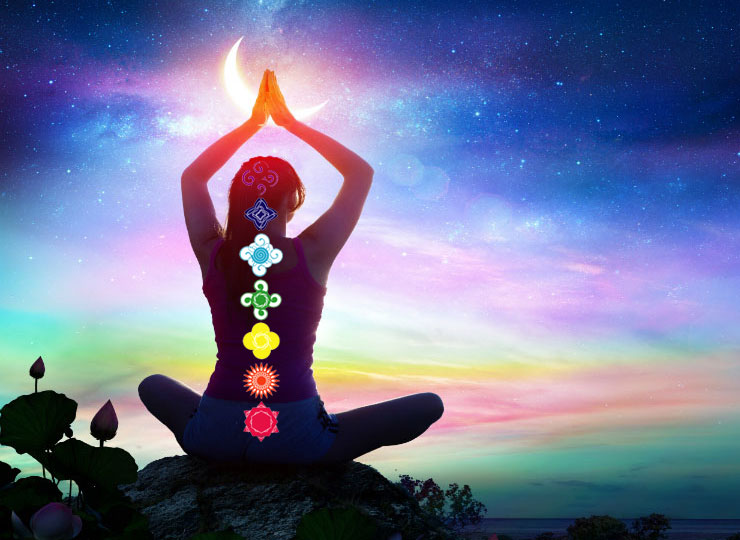WHY WE DREAM!!!

Dreams are stories and images that our minds create while we sleep. They can be entertaining, fun, romantic, disturbing, frightening, and sometimes bizarre.
A dream can include any of the images, thoughts, and emotions that are experienced during sleep. Dreams can be extraordinarily vivid or very vague; filled with joyful emotions or frightening imagery; focused and understandable or unclear and confusing.
Dreams are hallucinations that occur during certain stages of sleep. They’re strongest during REM sleep (the rapid eye movement stage), when you may be less likely to recall your dream. Much is known about the role of sleep in regulating our metabolism, blood pressure, brain function, and other aspects of health. But it’s been harder to explain the role of dreams.
When you’re awake, your thoughts have a certain logic to them. When you sleep, your brain is still active, but your thoughts or dreams often make little or no sense. This may be because the emotional centers of the brain trigger dreams, rather than the logical regions.
Mostly dreams are autobiographical thoughts based on your recent activities, conversations, or other issues in your life.
Facts on dreams
- We may not remember dreaming, but everyone is thought to dream between 3 and 6 times per night
- It is thought that each dream lasts between 5 to 20 minutes.
- Around 95 percent of dreams are forgotten by the time a person gets out of bed.
- Dreaming can help you learn and develop long-term memories.
- Blind people dream more with other sensory components compared with sighted people.
Causes
- representing unconscious desires and wishes
- interpreting random signals from the brain and body during sleep
- consolidating and processing information gathered during the day












